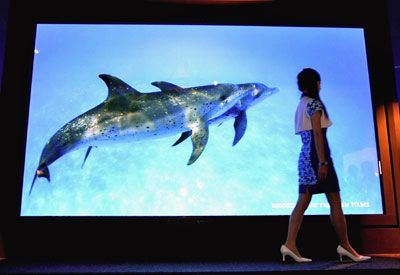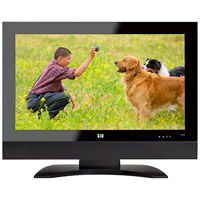DLP stands for Digital Light Processing. It is based on a chip developed by Texas Instruments, which contains millions of tiny mirrors.
These microscopic mirrors are activated when they receive a digital video or graphic signal to reflect the image onto a screen. This technology is used in televisions and projectors. The lamp in a DLP projection system generates white light that passes through a color wheel filter of red, yellow and green, which can create millions of vibrant colors. DLP technology enables transfer of an exact mirror image from the source at the highest resolution available.
Advertisement
The pixels in DLP technology switch speeds quickly, so the picture images have better contrast, sharpness and clarity. The precise digital images make DLP technology ideal for high-definition television (HDTV). The DLP chip is faster than any other digital imaging technology, good for watching any fast-moving sports or fast-action scenes on TV. DLP televisions have large screens that are slim and lightweight.
Advertisement

